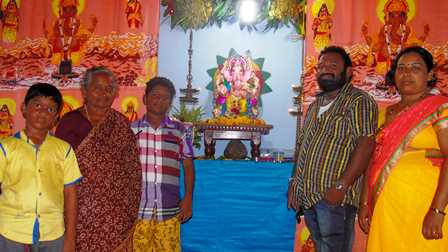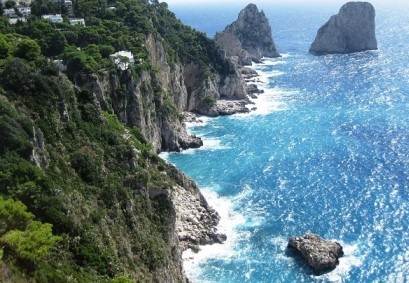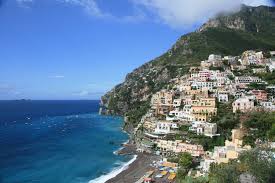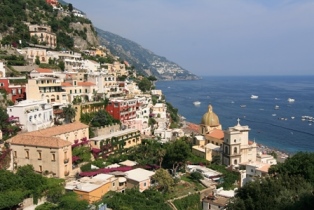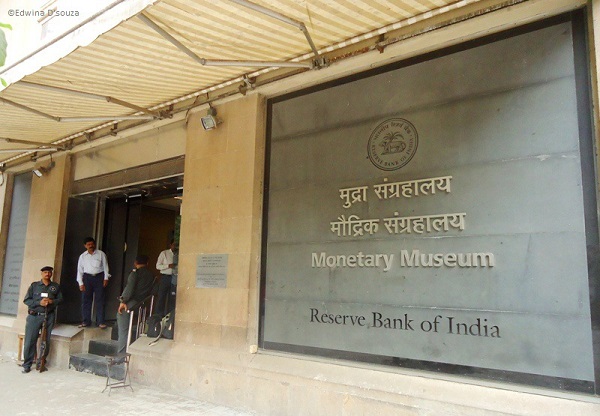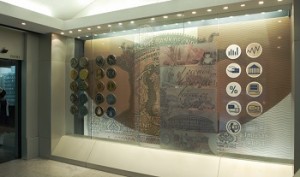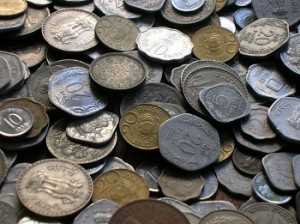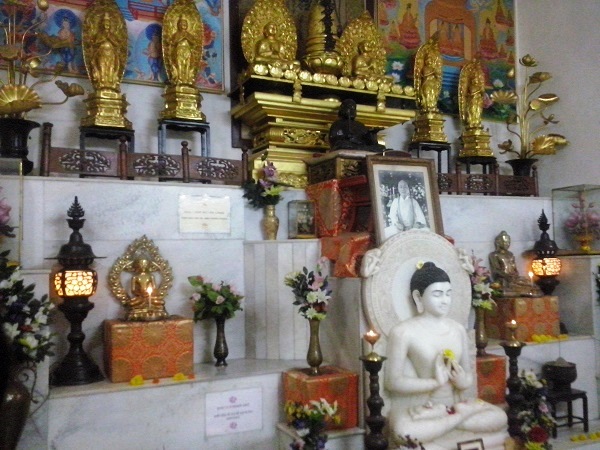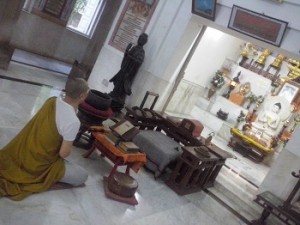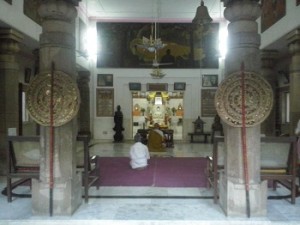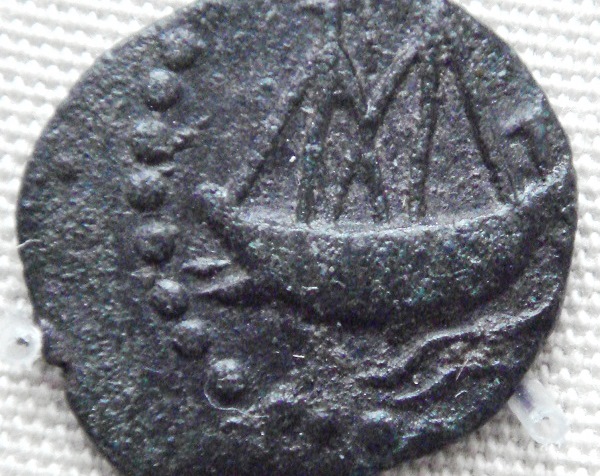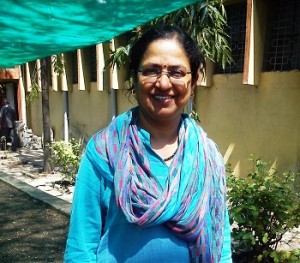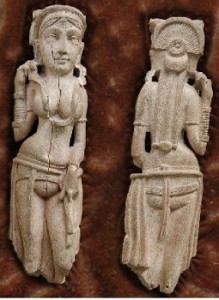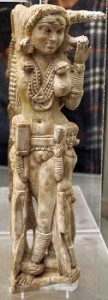Want to travel soon? Get this loan to help you
The travel restrictions that were imposed worldwide during COVID-19 are now a thing of the past. Buys work schedules aside, nothing really stops you from travelling and satisfying the wanderer in your soul. Nothing, that is, apart from some shortage of ready cash! But if your travel plans are hampered by a lack of finances, we suggest you get a travel loan to get started on your next dream holiday.
Travel is important, but expensive…
There is no disputing the fact that travel broadens one’s horizons. Visiting new places, experiencing new cultures and food, interacting with local residents and learning their ways of life, all enrich your understanding of the world. You may go on a solo trip or with your family, but travel always benefits the person who goes seeking new experiences. And it works like a drug – once you’ve caught the travel bug, you want to travel again and again!
But as wonderful as it is, it is also expensive. Flight or train tickets, hotel bookings, sightseeing tours, eating out and shopping, all cost a lot of money. It does not do to plan a trip while being strapped for cash – you end up not enjoying the sojourn as much as you would like because you are constantly thinking about how much money you are spending. On the other hand, having extra cash on hand helps you get more novel experiences without thinking twice about the money. However, you cannot exert additional pressure on your income to fund travel trips.
Here’s the solution: take a travel loan
If you have never borrowed money to travel or buy expensive things, you might be hesitant about doing so. However, you might be interested to know that a lot of people regularly borrow travel loans, a.k.a. personal loans, to fund their various travel jaunts. The personal loan pays for tickets, bookings, visas and inter-city tours, based on the amount you can borrow from the lending institution.
Here’s why you should consider getting an instant personal loan to pay for your next trip:
- It is processed quickly, especially if you apply using a reputed loan app. The money is disbursed in a few hours, so you can plan the trip the way you like
- The best loan apps in India offer up to Rs 5 lakh loan based on your loan eligibility. This is a sizeable amount that can fund the foreign trip of your dreams
- You need not pay from your savings or disturb your income to fund the trip. The personal loan pays for it all
- The lending app does not ask why you need the money or for details on how you wish to spend it. You can use the money the way you want. It is sanctioned in a lump sum amount in your account, so you can start shopping for the trip, applying for a visa, buying flight tickets, making hotel bookings, etc.
- Since the personal loan has a shorter tenure than other loans, you can repay it in full in a few months and be debt free much faster
- If you are going abroad, the Consulate will like to see your financial statements when you apply for the visa. Having the large infusion of cash in your account is a positive sign and the visa has a higher chance of being approved
How to get the instant personal loan for travel
Start by downloading the best loan app and set it up as directed. Creating your profile on the app registers you as a potential customer and the app can also check your credit score and other particulars. When you apply for the loan, the app asks you to submit documents (these are listed on the app) so that the application may move forward.
- You can self-attest the documents and keep them ready for pick-up from your home. The app checks the documents, verifies your credit worthiness and loan eligibility, and notifies you of how much loan amount you can get. The best loan apps in India sanction personal loans without salary slips and bank statements, which helps immensely during an emergency
- Once the loan application is approved, the money is disbursed to your account. You can withdraw it and start planning your trip.
- Repay the loan in simple EMIs as per the tenure.
(Featured image courtesy https://nextvacay.com/why-traveling-is-important)

